Spring Running: Rounding Up Seven Vastly Different Running Shoes
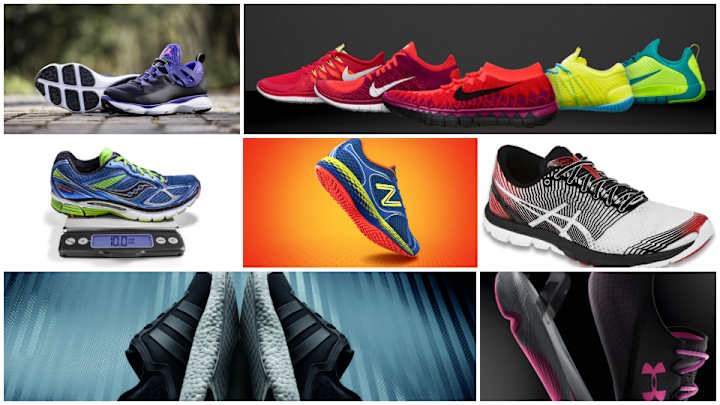
Oh, the options. The choices abound for runners looking for something new in spring 2014. From lightweight offerings to full-cushioned selections, the landscape for new running shoes early in this weather-changing season certainly varies. We broke out seven of the latest looks, presenting a mix of alternatives to get you thinking about what to wear when you’re hitting the pavement (or at least the rubber of the treadmill).
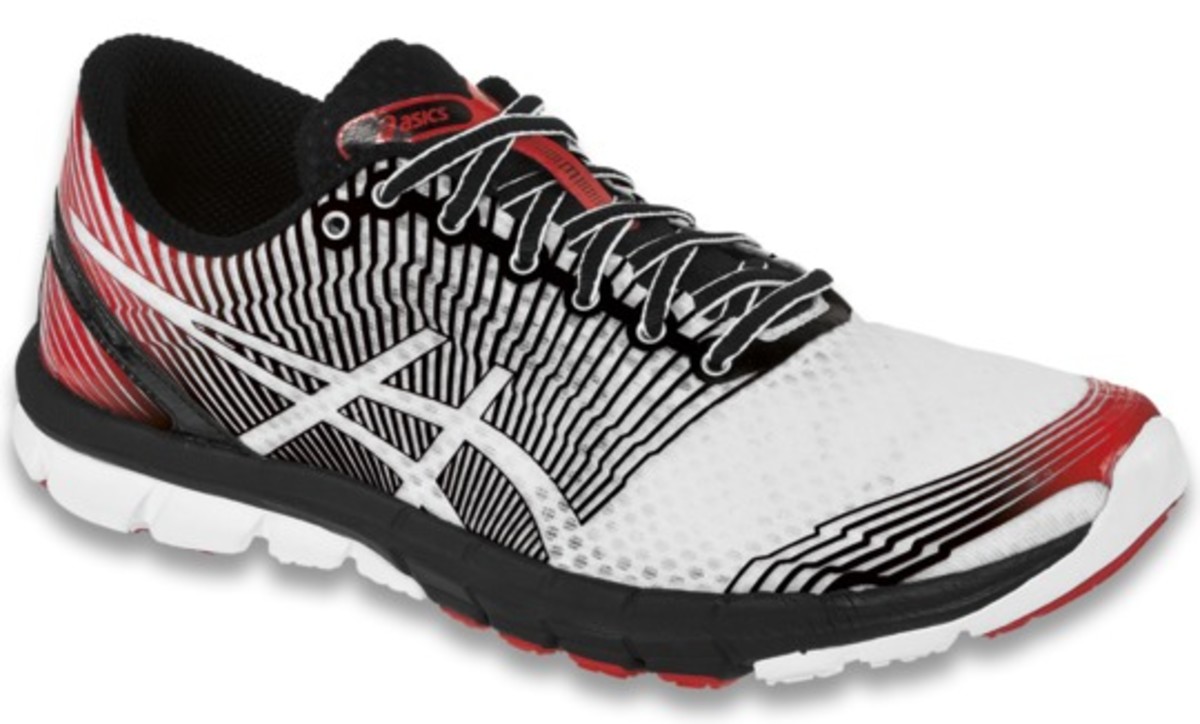
Asics - Gel-Lyte33 3 ($90)
At just 5.5 ounces, the fully redesigned Gel-Lyte has shaved two ounces off its previous version without compromising the surprisingly ample amount of cushioning. Released in February, the new version features thin webbing in lieu of overlays and a redesigned Solyte midsole that is lighter than EVA to shave the weight. Minimal outsole material rests only in high abrasive areas. The nearly seamless upper and a firm lighter midsole pair with anatomically correct flex grooves aligned to the joints of the foot.
The Gel-Lyte33 combination works to create a lightweight, yet supportive option that holds up well on city streets. But we can’t talk Asics without mentioning the 20th anniversary of the brand’s famed Gel-Kayano, also new for 2014. Multi-directional stretch mesh creates a foot-conforming upper, while a new support system bolsters the stability and support the shoe is known for, all without adding more weight.
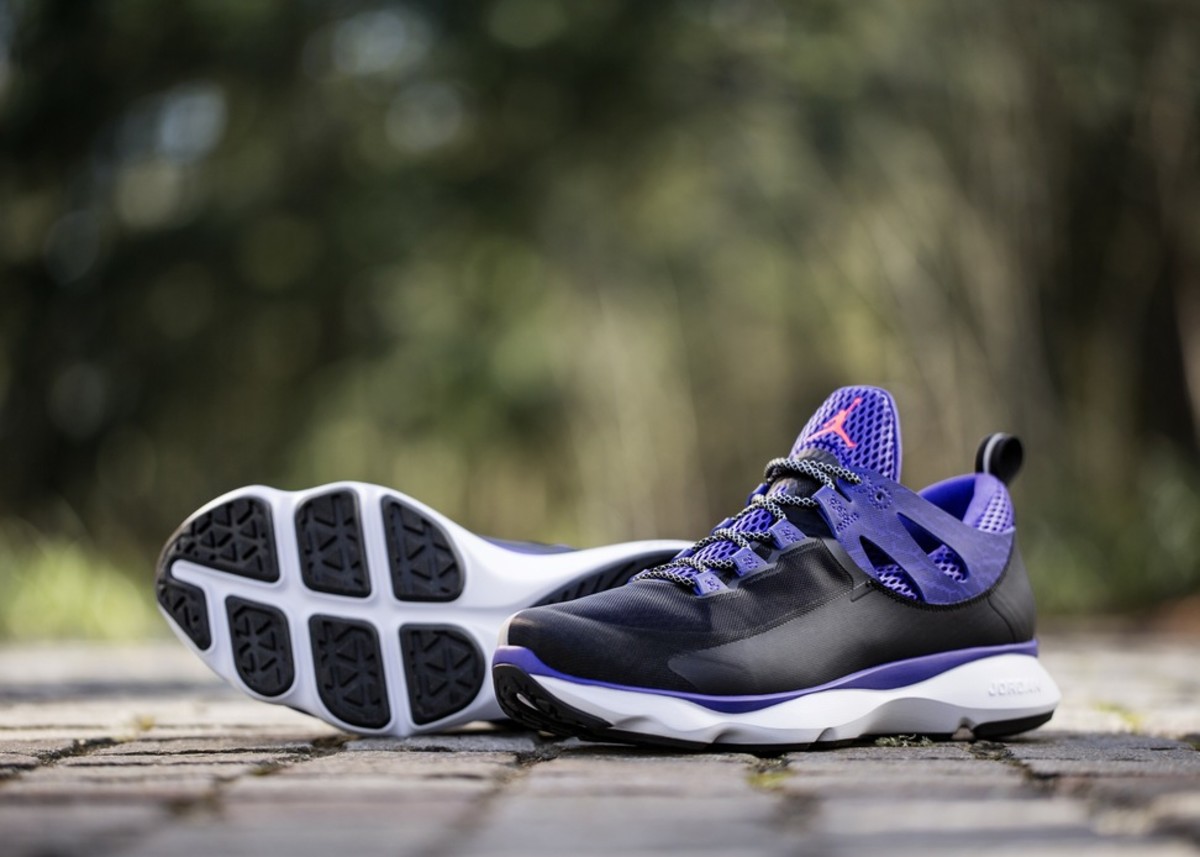
Jordan Brand - Flight Runner ($110)
Nike’s Jordan Brand knows all about air, being a dominant presence in the basketball shoe arena for years. But the subsidiary brand revealed on May 1 that it plans to move into the running shoe world, putting an emphasis on support and cushioning in what the brand calls a “run-to-train shoe.”
Featuring fused mesh for ventilation and welded construction for streamlining, the Jordan Flight Runner uses Nike Zoom cushioning and is designed for non-running athletes (i.e. the big basketball and football players) who want a running shoe that's focused on keeping the foot in place during impact while offering ample cushioning. The Flight Runner provides the cushioning promised, but without the girth or weight you might expect from the description. While not in the lightweight category—and quite stylish, to boot—the Flight Runner does fit the run-to-train description and gives those accustomed to cross training a running shoe option.
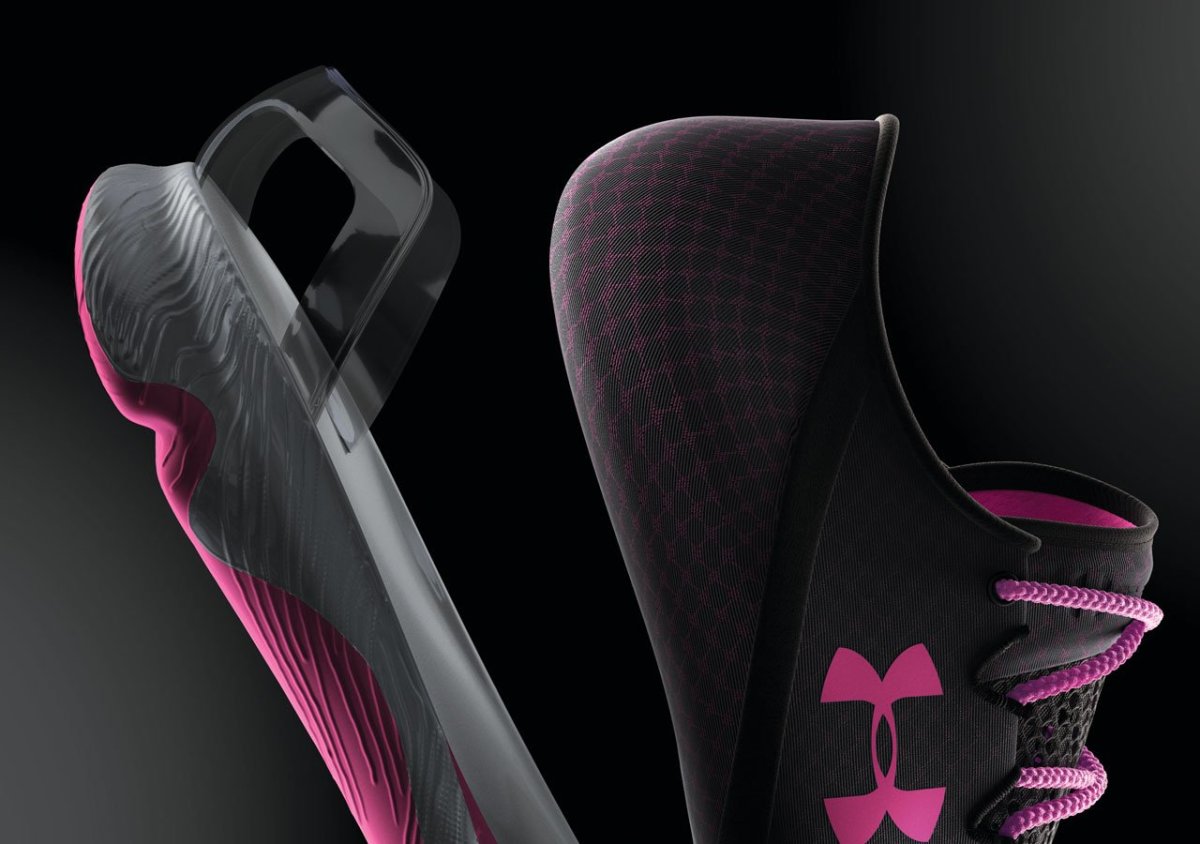
Under Armour - Speedform Apollo ($99)
Manufactured in a bra factory, the Under Armour Speedform Apollo knows a thing or two about cup technology. The Apollo—the second version of the Maryland-based company’s foray into making shoes in an apparel factory—creates a snug fit by offering a one-piece cupped heel with a silicone grip to provide support and eliminate stitching altogether.
At just 6.5 ounces, this lightweight offering provides a decent amount of cushioning for the weight, but makes up for any cushioning woes with the comfort feel that has led some runners to wear the shoe without socks. The heel fit provides a completely different feel on the foot than a traditional shoe. The molded upper is perforated for breathability, the outsole features abrasion rubber in high-wear areas and “natural flex grooves” aim to increase the life of the shoe.
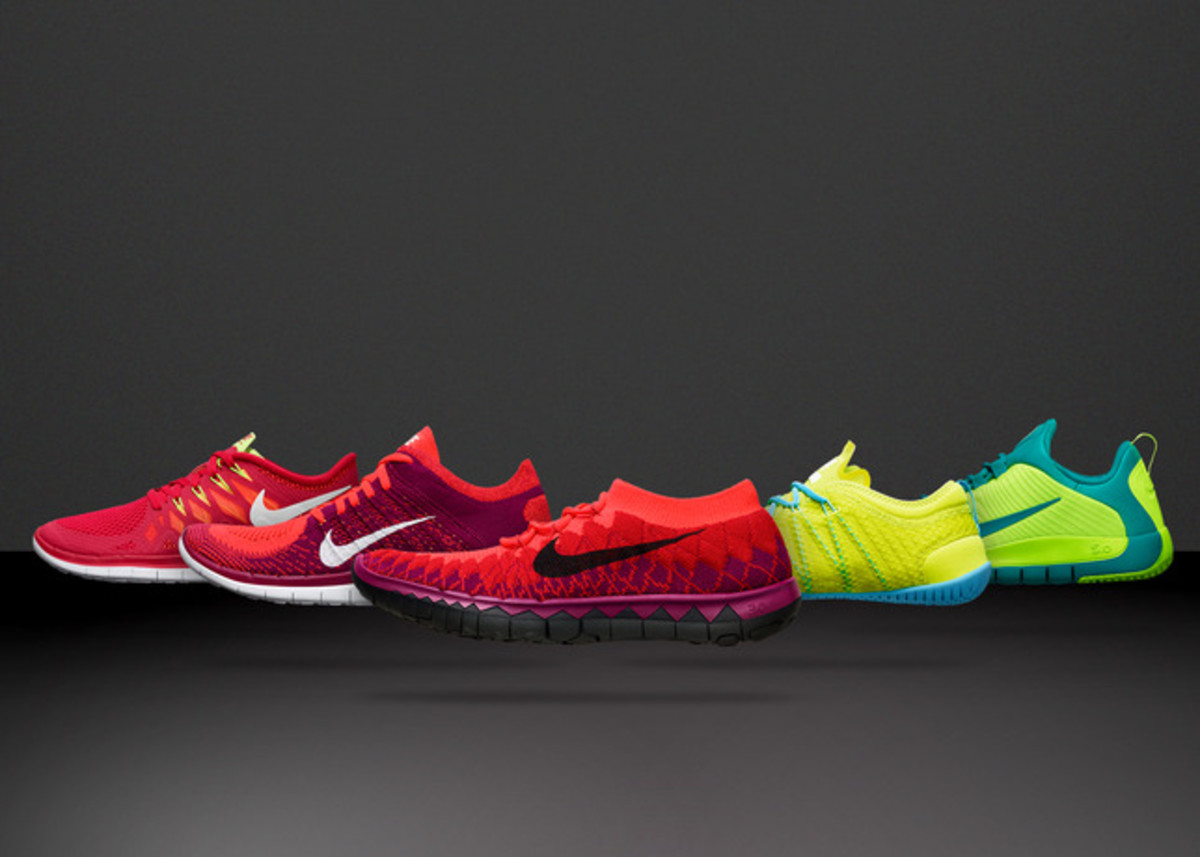
Nike - Free 3.0/4.0 ($120 - $140)
New multi-directional flexibility in the Nike Free aims to allow the foot’s slight rolling motion upon hitting the ground to flow naturally when strapped inside the shoe. As part of the Nike Free redesign, a hexagonal flex groove pattern on the outsole and a more anatomically shaped heel lets the foot move in any direction when it hits the ground.
Couple the completely new outsole with the rise of Nike’s Flyknit engineered yarn and Flywire support cabling technology, designers built in both stretch and support in differing areas of the shoe, a highly comfortable and natural-feeling lightweight runner that has a sock-like feeling. The new Free comes in a 3.0 and 4.0 version that both feature Flyknit and differing heel to toe offsets.
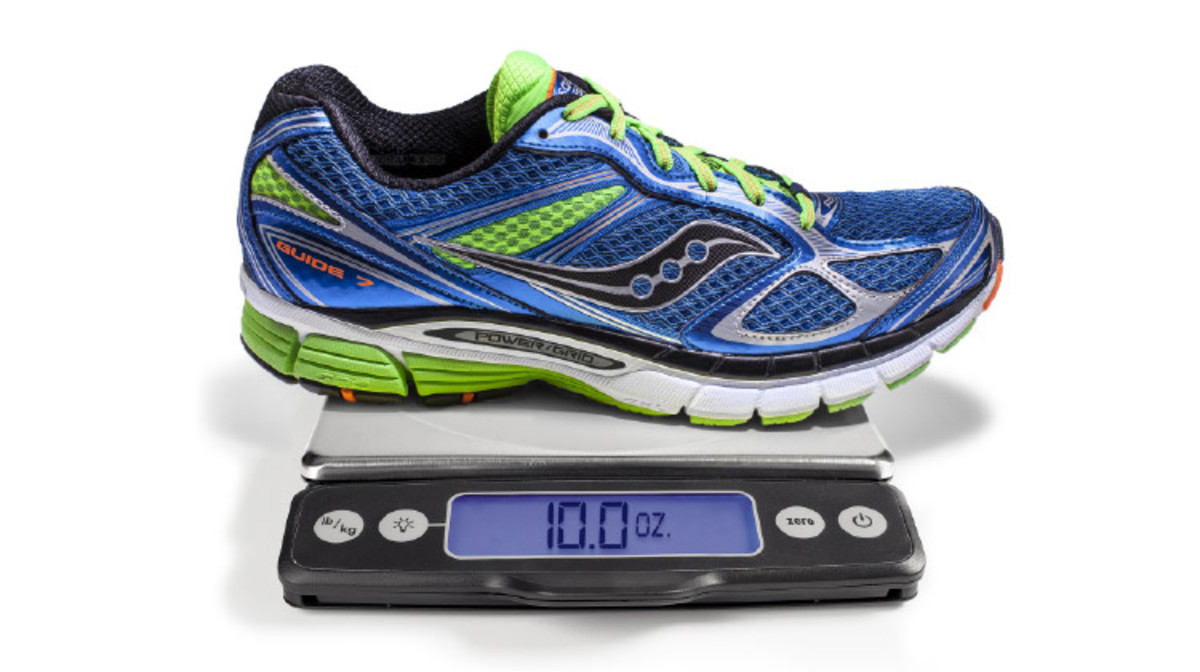
Saucony - Guide 7 ($120)
One of the more popular shoes on the market, the Guide 7, aims to combine cushioning and stability while remaining one of the lightest in this class. Saucony has built in a “crash pad” in the heel area to provide a smooth foot strike. The company also widened the outsole of the forefoot 2mm for more support during the final motions of the step, designed the midsole with foam that’s 15 percent lighter and 30 percent more durable than traditional EVA and also added technology aimed at foot propulsion.
In the stability category, the Saucony Guide 7 follows through on its claims, offering comfort with its stability. But if you want to go a different direction, the Kinvara 5 will be available in May, offering up Saucony’s natural running version at 7.7 ounces. The updated version will include a lacing system mimicking track and field shoes with adjustable straps on the side of the midfoot and an engineered upper technology that welds mesh with stabilizing film.
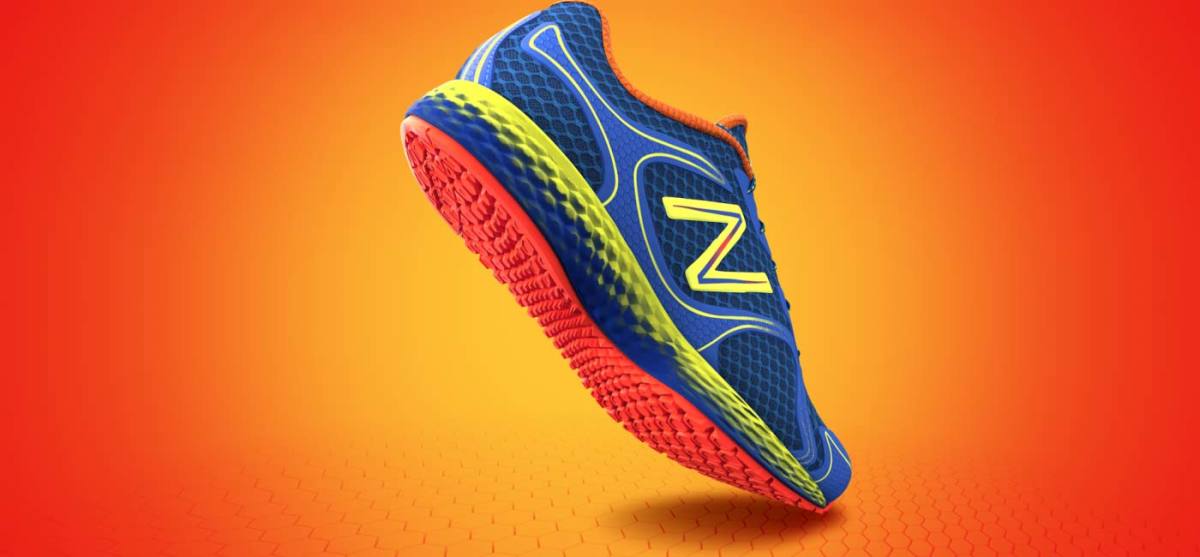
New Balance - Fresh Foam 980 ($109)
New in February, the Boston-based manufacturer used its recent history in 3-D printing to inform the engineering on the cushioned new running shoe. Using data from the company’s work in designing highly engineered 3-D printed running spikes, the Fresh Foam 980 changes the geometry of the shoe, especially on the sole where New Balance has moved and enlarged its lugs to have maximum ground contact both in the forefront and heel of the foot.
By mixing in new proprietary foam with a blown-rubber outsole, New Balance aims for an “ultra-plush” running experience with a bouncy ride, but still in a somewhat minimalist package. While not at all a minimalist shoe, at nearly 10 ounces, the Fresh Foam does deliver on the comfort quotient without going fully overboard in weight, a balance that leans toward lightweight comfort.
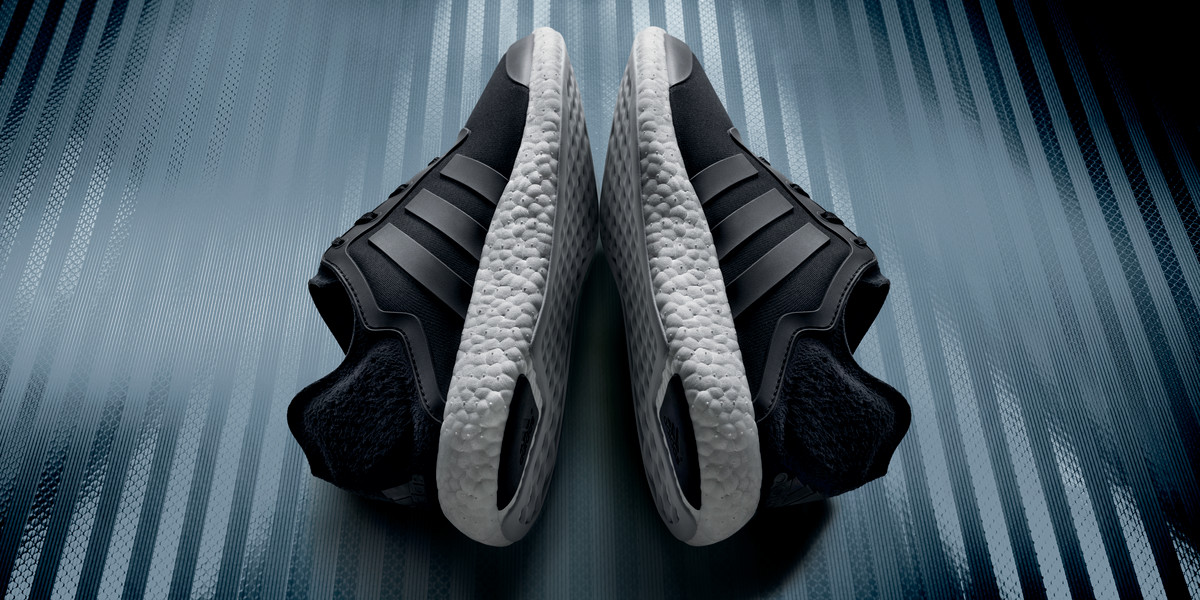
Adidas - Pure Boost ($120)
Adidas put a premium on energy return in its running shoe lines in 2013 and has continued to update as it moves into 2014. The Boost—which features an entirely new thermoplastic polyurethane foam the company says outperforms traditional EVA foam in energy return, cushioning and durability—continues to undergo upgrades, including the May release of Pure Boost. At 8.3 ounces for men and 6.3 ounces for women, the entire midsole has gone Boost-styled. With a breathable four-way stretch seamless upper and a design that puts your foot directly onto the Boost cushioning, adidas used a specialized heel to keep the foot in place.
The Boost offers a cushioned ride, although in a difference you’ll see over time more than just a one-time use. But if you want a bit more drama with your energy return, the Springblade offers you that. Sixteen engineered polymer blades of varying lengths and degrees of stiffness absorb energy when your foot hits the ground and then releases that energy upon the next step. While unveiled in 2013, the Razor is new for 2014 with a webbed design upper for a tighter fit on the top of the foot that also improves breathability. While the blades don’t provide the extreme burst you might expect and don't fare well on uneven terrain, do plan on having more bounce to your step on a stable surface, and expect a few glances along the way.
Tim Newcomb covers stadiums, design and gear for Sports Illustrated. Follow him on Twitter at @tdnewcomb.
